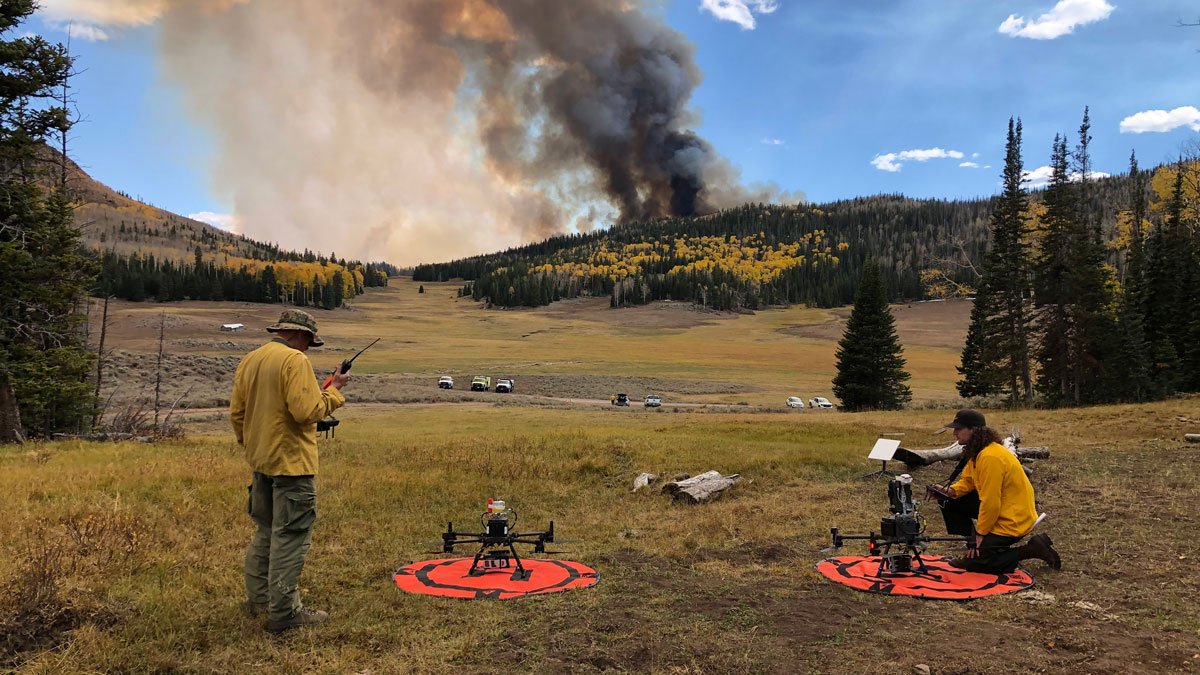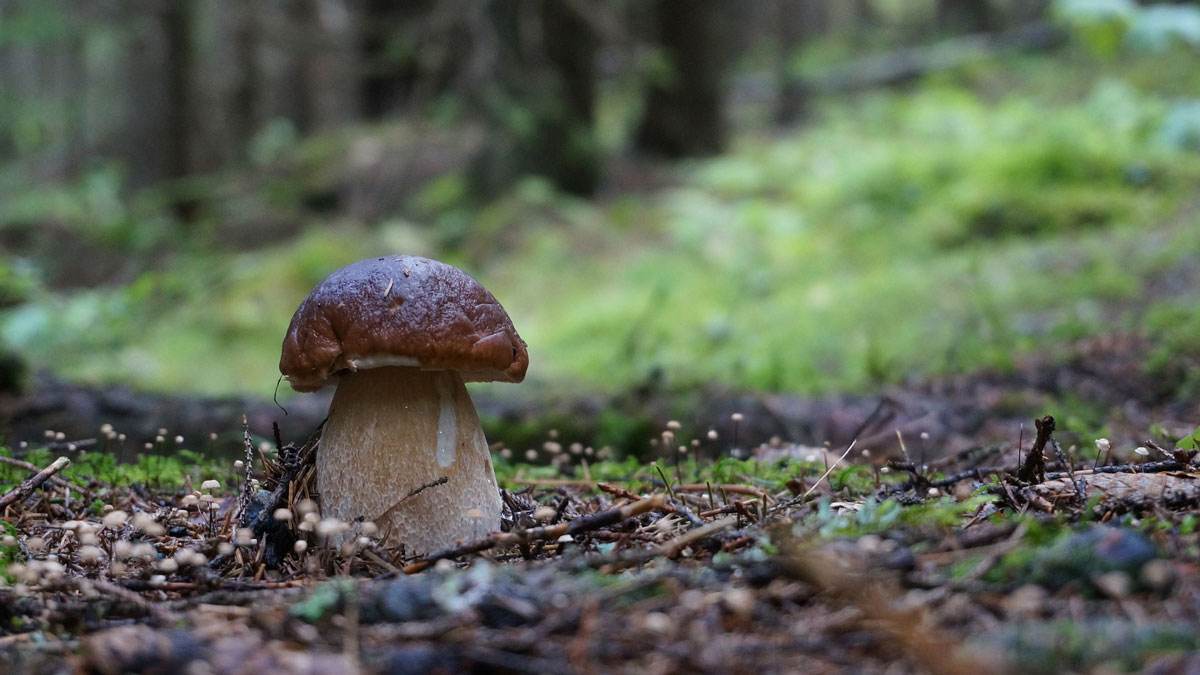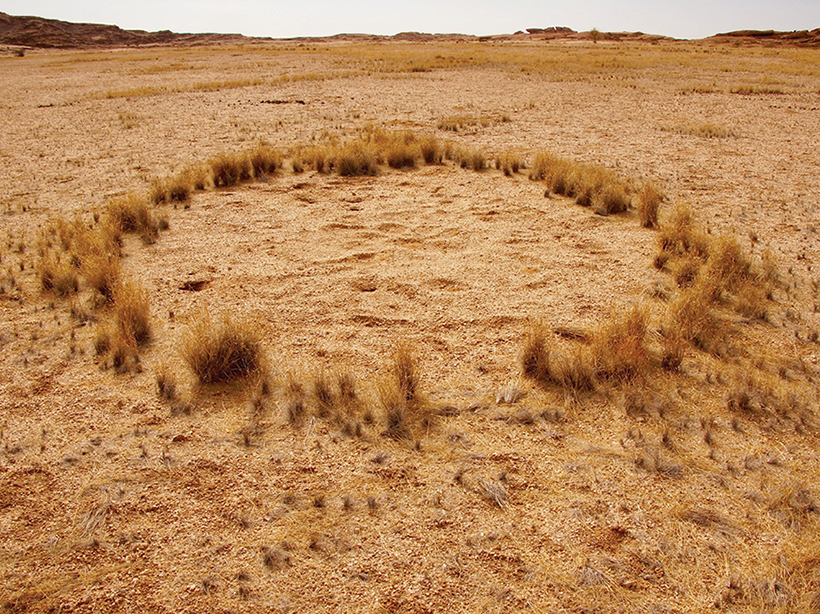Mice exposed to fungi spready by wildfires developed symptoms, exposing a potential health hazard to humans that has been understudied.
fungi
Fungi, Fertilizer, and Feces Could Help Astronauts Grow Plants on the Moon
A new study offers tantalizing evidence that filamentous fungi extending from roots, along with treated astronaut waste, could provide sufficient scaffolding to help plants grow in planetary regolith.
How Plant-Fungi Friendships Are Changing
A new framework shows how much carbon plants allocate to their endosymbionts and how that amount might change in the face of warming soil and rising carbon dioxide levels.
Ukrainian Scientists Race to Document Soil Fungi
Genetic sequencing of samples collected from across the country contribute to a global database and may help researchers assess the damage caused by war.
How Soil Symbionts Could Unlock Climate-Smart Agriculture
By tracing the evolutionary history of beneficial soil microbes, scientists hope to unearth a sustainable solution for producing food to feed a growing global population.
Soil Fungi May Be a Carbon Pool
New research suggests that mycorrhizal fungi take in 13 billion tons of carbon dioxide annually, playing a prominent role in Earth’s carbon cycle.
Rethinking How Valley Fever Spreads
Scientists have long assumed that dust storms lead to infections with the desert soil fungus Coccidioides, but new evidence suggests otherwise.
Hardwood Forest Soils Are Sinks for Plant-Produced Volatiles
New research identifies temperature, moisture, and soil fungi as important factors in influencing how biogenic volatile organic compounds cycle between plants and the atmosphere.
Mushrooms Could Provide a Record of Grassland History
Scientists measured carbon isotopes in certain types of fungi to assess whether the organisms can track how climate change is affecting grasses.
Mysterious "Fairy Circles" Continue to Enchant Scientists
Researchers revisit an old theory about the ethereal patterns of vegetation that form in some arid landscapes.










